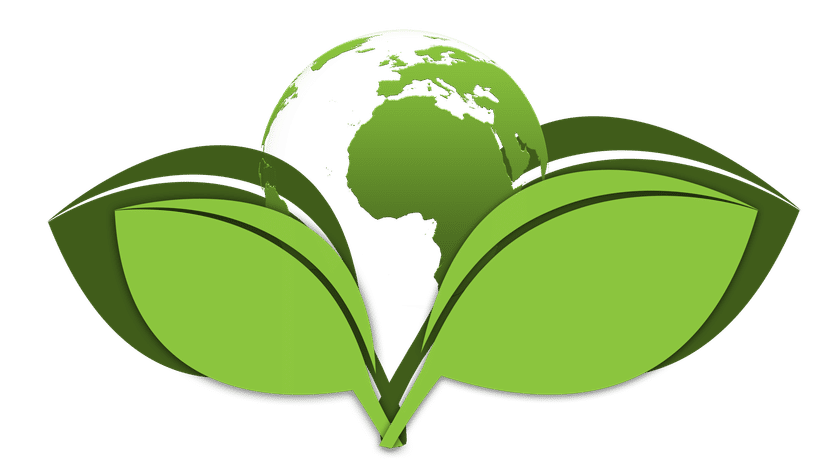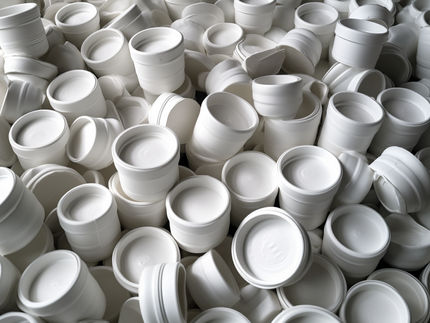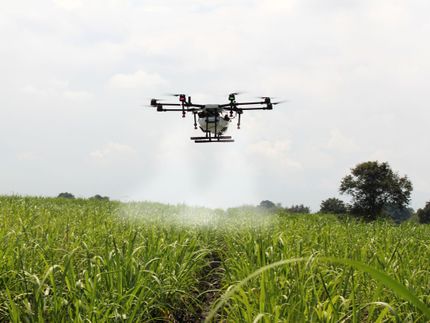Packaging industry wants to become greener
Advertisement
The sea turtle has a plastic straw in his nose, the stomach of the dead whale is full of plastic canisters and bags, and the dolphin has got tangled up in a plastic net and had to drown miserably. These are cruel images with which the WWF environmental foundation draws attention to the devastating littering of the oceans by plastic waste.

Image by Gerd Altmann from Pixabay
Plastic has long been found everywhere - because plastics are used in almost all areas of life because they have so many practical properties. They are stable, can be shaped as desired and are durable for a long time - which is precisely what makes plastic a problem. It probably remains several years in nature.
Many approaches to solving the plastic problem are being discussed, ranging from waste avoidance, increasing reusable and recycling quotas, new materials and biobased plastics to better waste separation in countries particularly affected by the plastic flood. But the packaging industry is the one that is most challenged. Around one third of plastic production is used for packaging - and another third of this is currently released uncontrolled into the environment and thus into the oceans, especially in Southeast Asia.
The "Fridays for Future" demonstrations, which have since become a global movement, and the Packaging Act, which came into force at the beginning of the year, have further increased the pressure on the industry. "The industry has understood this", says Cornelia Fehlner, head of Messe Nürnberg, where FachPack, the leading European trade fair for the packaging industry, will take place until Thursday - this year for the first time with a leading theme: environmentally friendly packaging. The industry is purifying itself and wants to show that it is rising to the challenge. According to Fehlner, every second of the approximately 1600 exhibitors has solutions for environmentally friendly packaging ready.
For example, food packaging trays made of wood paper fibres or the leaf of the Areka palm, an agricultural by-product from India that can only be pressed into shape with heat and pressure, will be presented. On display will be insulating packaging made of silicate pads or jute instead of polystyrene, reusable transport protections instead of plastic films and cosmetic tubes made of sugar cane plastic.
The Berlin-based product designer Jonna Breitenhuber presents her master's thesis on garbage-free soap bottles for the storage of shower gels. If the detergent is used up, the packaging of the "Soapbottle" can still be used as soap.
Interactive packaging saves operating instructions and opens up the field of so-called augmented reality. A QR code is printed on the cardboard box, which the customer scans with his smartphone - and receives the product information in the form of videos and three-dimensional animations.
However, very simple solutions such as returnable trays for the pizza delivery service, which could replace pizza cartons, will also be shown. Because of the fact that food leftovers stick to them, Fehlner is out of place in the waste paper, according to the head of the fair. "Waste paper recyclers swear at pizza boxes because they have to be laboriously sorted out." Or the sale of paint in powder form, which was taken for granted at grandfather's time, and not in the classic paint bucket - which consumes much less water, energy and carbon dioxide (CO2). The Czech manufacturer Tridas promises that its beverage cup lids made of wood fibres are just as stable as conventional plastic lids - but climate-neutral and recyclable.
According to the WWF, every German generates almost 25 kilograms of plastic packaging waste every year - that's Europe's best.
The growing Internet trade, more eating and drinking "to go" and the trend towards smaller portion packs increased the plastic waste mountains even further. "Manufacturers everywhere must take responsibility for their packaging and its disposal so that plastic does not end up in the environment and seas," says Silke Hahn of the WWF.
But the subject is complex. Because plastic packaging often contains different types of plastic, only part can be recycled. According to the Federal Environment Agency, the quota is currently 49.7 percent; according to the new Packaging Act, plastics recycling must be completed by
2021 to 63 percent. "It won't work without changes to packaging," the trade magazine "Verpackungsrundschau" quotes Eugen Herzau, Professor of Packaging Technology in Leipzig. In future, for example, there should not be a polyethylene tube with a polypropylene cap.
"These tubes will be made entirely from mono material in the future. And even labels will be made of the same material as the packaging on which they stick." In this way, the proportion of recycled plastic is increased and the raw material recycled granulate is cheaper, Herzau said. Because at the moment it is cheaper to produce plastic from scratch than to recover it from recycled plastic waste, says Sonja Bähr, packaging engineer and lecturer at the Beuth University of Applied Sciences in Berlin./mac/DP/stw
Note: This article has been translated using a computer system without human intervention. LUMITOS offers these automatic translations to present a wider range of current news. Since this article has been translated with automatic translation, it is possible that it contains errors in vocabulary, syntax or grammar. The original article in German can be found here.


























































